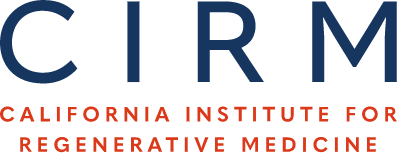Neural and general splicing factors control self-renewal, neural survival and differentiation
Human embryonic and patient-specific induced pluripotent stem cells have the remarkable capacity to differentiate into many cell-types, including neurons, thus enabling the modeling of human neurological diseases in vitro, and…



